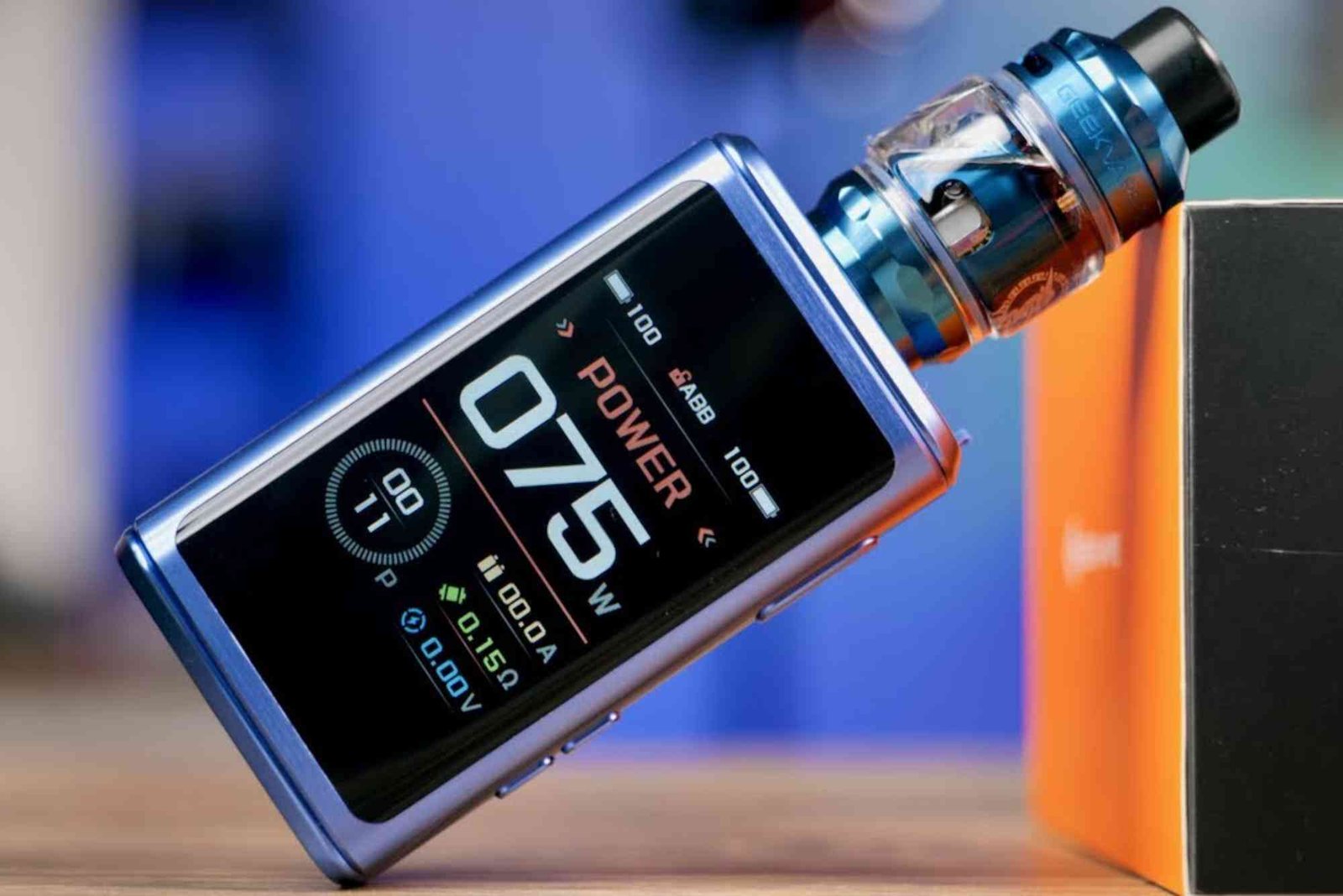Hybrid inverters have revolutionized the way homeowners and businesses manage their solar energy systems. These devices are typically known for their ability to integrate solar panel output with battery storage, enhancing energy efficiency and providing backup power during outages. However, a common question arises: Can a hybrid inverter operate without a battery? The answer sheds light on the flexibility and advanced design of these systems, particularly those developed by Sungrow.

Running a Hybrid Inverter Without a Battery
Yes, it is entirely possible to run a hybrid inverter without a battery. While the primary allure of hybrid inverters is their ability to store excess solar energy in batteries for later use, they are also designed to function effectively without them. This capability is particularly useful in scenarios where the initial investment cost needs to be minimized or where battery storage may not be immediately required.
For a hybrid inverter like those offered by Sungrow to operate without a battery, it must still be connected to other energy-generating components, such as photovoltaic (PV) panels, and ideally to the grid. This setup allows the hybrid inverter to continue playing a crucial role in energy management by streamlining the utilization of generated solar power.
How It Works
When operating without a battery, the hybrid inverter manages the solar power in real-time. Depending on the system configuration and the immediate energy needs of the home or business, the inverter can direct the electricity in two main ways:
- Direct Consumption: The most immediate and energy-efficient use of solar power is for it to be consumed directly by the household or facility as it is generated. By using the solar energy as it is produced, reliance on the grid is reduced, which can significantly lower electricity bills.
- Feed into the Grid: If the energy generated is more than the current demand, the excess can be fed back into the grid. In many regions, this can result in credits through net metering, where homeowners are credited for the electricity they contribute to the grid, further enhancing the financial benefits of solar power.
Benefits of This Configuration
Running a hybrid inverter without a battery can offer several advantages:
– Cost-Efficiency: Eliminating the battery reduces the upfront cost of the solar energy system, making it more accessible for those on a tight budget or those who prefer to invest in battery storage later.
– Flexibility: It provides system owners with the flexibility to upgrade their system with battery storage in the future as their needs change or as battery technology advances and becomes more affordable.
– Simplicity: Systems without batteries are generally simpler to install and maintain, while still allowing owners to benefit from solar power.
Conclusion
In conclusion, Sungrow’s hybrid inverters are not only capable of running without a battery, but they also excel in this mode. They streamline the process of utilizing solar energy and adapt seamlessly to various system configurations and user needs. Whether integrated with battery storage or used alone, Sungrow hybrid inverters ensure optimal performance, demonstrating their versatility and advanced engineering. This makes Sungrow a top choice for anyone looking to invest in a reliable, flexible, and efficient solar energy system.




